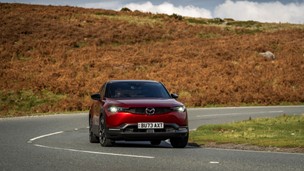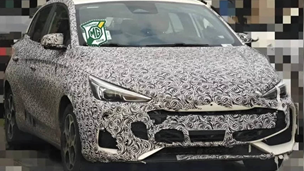Earlier this week, Porsche unveiled the latest version of the evergreen 911, the top-selling sports car of all time and one of the most recognisable and coveted cars ever.
Now, for the first time ever, the Porsche 911 range comes fitted with turbochargers across all of its models, including the entry-level Carrera. It’s kind of a big deal, and a move that's left enthusiasts shaking their fists, but why?
After all, Porsche has offered a turbocharged 911 since 1975 when the original 911 Turbo debuted. Introduced as the fastest, priciest and most luxurious 911 that money could buy, it’s more or less ruled the roost for the past four decades.
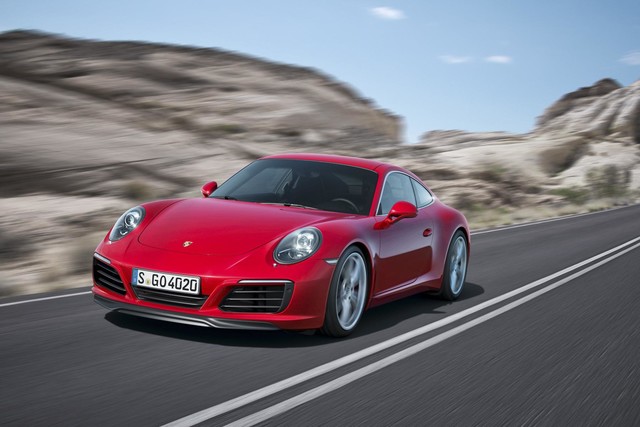
While Porsche will continue to offer a range-topping 911 Turbo option, similar to how the Macan S and Macan Turbo both have turbochargers fitted, essentially every model in the 911 range, save for the GT3, is now a 911 Turbo of sorts.
In essence, this is exactly why the introduction of turbochargers across the model line-up is a big deal; namely because it’s no longer a big deal for anything to be turbocharged at all.
Back in the day, turbocharged cars weren’t exactly mainstream, and they weren’t exactly subtle about it either. Turbo often came as a by-word for cars that were loud and fast, and had giant “TURBO” lettering on every possible body panel.
If you owned a turbocharged car you made sure that your friends, family members and every innocent bystander knew about it. In short, turbochargers were for enthusiasts, racers and gear nuts.
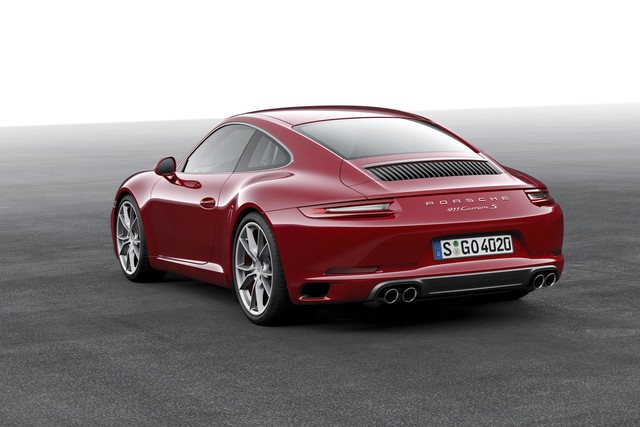
Skip forward a quarter of a century and turbo power has risen to the mainstream, with many drivers now buying cars that they mightn’t even realise are turbocharged. In 2014, 21 per cent of petrol engines manufactured were turbocharged, and engineering company Honeywell expects this to rise to 38 per cent by 2019.
It’s easy to see why. While turbochargers were traditionally used to boost the performance of already fast cars, recent trends are moving towards powering cars with smaller turbocharged engines instead of larger, naturally aspirated ones.
Using waste exhaust gases to spin a fan that forces air into the combustion chamber of a downsized engine, a turbocharger can wring out more power, greater fuel efficiency and fewer harmful emissions than a larger motor.
Small three-cylinder cars post now respectable 0-60 mph speeds, and horrendous turbo lag is mostly a thing of the past. As a result, turbos have crept into every type of car, from small hatchbacks to family saloons and even SUVs. Sounds like a win-win in theory, but it isn't quite so simple.
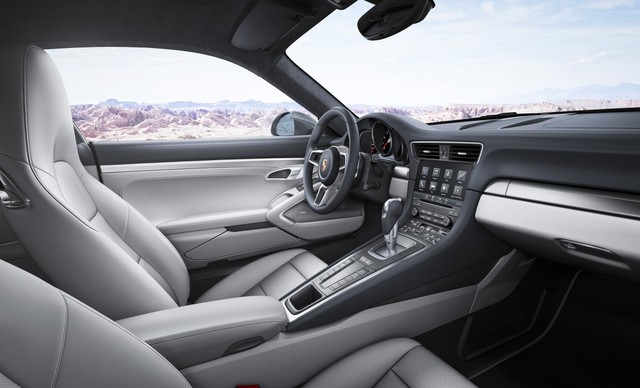
The 911 is in a particularly awkward position because its fans tend to be hardcore purists, and will react negatively whenever Porsche makes any attempt to modernise the car. This is exactly why the car’s basic layout has remained essentially the same since its introduction in 1964, and rumour has it that it’s also why Porsche, or rather its fans, never allow the Cayman to best the 911’s performance.
Significant changes will put 911 fans on edge, just as has happened with every major 911 update, and changes don’t come much more significant than this.
While turbocharging does indeed increase both performance and efficiency, the problem for enthusiasts is that it can also critically change the emotional character of the car. Throttle response, sound and engine revs can all be dulled by a turbo, and in a sports car those qualities are hugely important.
Particularly for the Carrera, which was defined by its naturally aspirated flat-six engine, the introduction of a turbocharger could drastically alter not just its performance, but its standing with buyers.
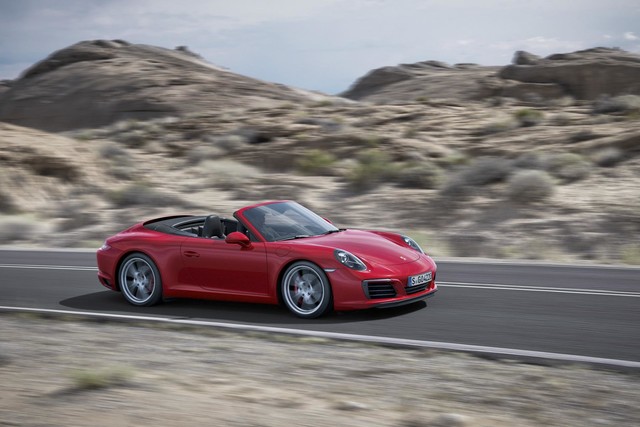
Dr Erhard Mossle, Porsche’s 911 product director, told Autocar: “Our normally aspirated engine is famous, but we have the challenge of regulations on fuel consumption and also challenges from competitors. It’s getting harder to get close to them with a normally aspirated engine.”
It seems the impression is that this is something that Porsche engineers were forced to do, rather than something they wanted to do.
It’s also indicative of the way that the turbo mindset has shifted. Whereas previously, turbocharging was about adding power, today the focus sits on extracting as much efficiency from a car thanks to increasingly tough political pressure.
The US government says that it wants all cars and light trucks to deliver at least 54.5mpg by 2025, while the European Union is asking even more even sooner. By 2020, the EU wants all cars to achieve 60.6mpg, putting even more pressure on manufacturers.
Eventually, all manufacturers adapt. Even Ferrari, which, if left to its own devices, would probably be more than happy to keep manufacturing large V12 engines, offers its 488 GTB with a turbocharged engine, and likely more will follow.
Support for the turbo argument came from numerous studies which claimed that turbocharging was one of the technologies that has improved CO2 emissions and fuel economy, but whether the measurements reflect real driving is something else entirely.
Official fuel economy measurements are conducted in highly controlled laboratory conditions, and often based on conservative driving habits. While a small, turbocharged petrol engine certainly will beat the MPG of a larger regular one under mild driving, it’s a different story when you put your foot down.
With more spirited behaviour behind the wheel, the heated air from the turbo reduces its efficiency, burning more fuel and increasing tailpipe emissions.
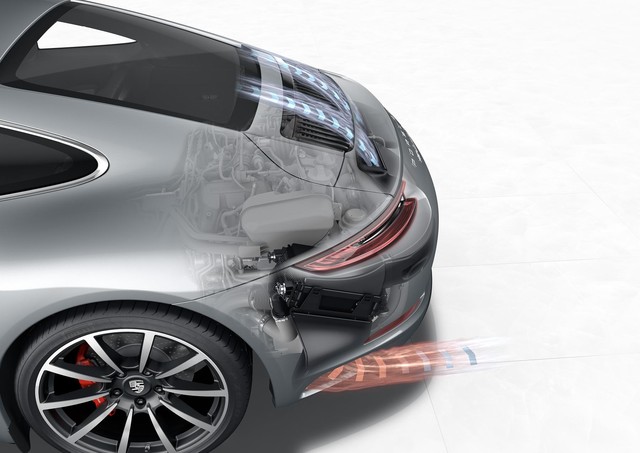
Still, more effort is being put into turbocharger tech now than ever before, with carmakers like Hyundai actively seeking out ways to make turbos more efficient and more reliable via integrating technology like direct injection.
Derek Joyce of Hyundai says: “Applying direct injection with turbocharging, helps cool down the intake charge and allows you to run a more efficient boost. It helps augment the effect of turbochargers.”
In other words, by reducing temperatures a carmaker can create an engine that’s more consistently powerful and also less prone to wear, though the problem of how turbos effect a car’s overall character remains.
The slow death of the naturally aspirated engine appears to be a forgone conclusion, whether it’s in the world of economical city cars or high-end exotics, and the Porsche 911 is absolutely no exception.
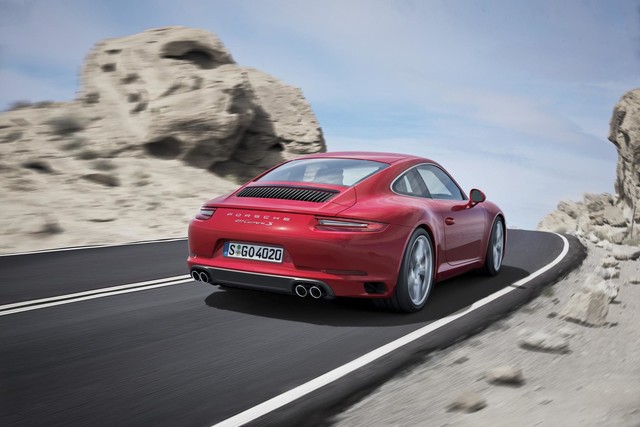
Turbochargers are slowly creeping from the wings to centre stage, supported by government mandates and the promise that we’ll reap the rewards of high mpg and low emissions. Perhaps we will, and perhaps in a few decades, collectors will be picking the bones of rare, vintage non-turbocharged cars, the future dinosaurs of the automotive world.
But it’s not all doom and gloom for Porsche. After all, the company has had a recent track record of smash hits, and despite the new turbo engines risking losing a little of the fireworks of a naturally-aspirated alternative, Porsche seems confident about the 911’s ability to modernise itself.
Dr Mossle said: “We tried to model a normally aspirated engine and avoid turbo lag as much as possible. A lot of detail work has gone into the system to improve response.
“For instance, when you come off the throttle the turbos keep spinning, so they are running at a higher speed when you get back on the throttle. Yes, it’s different to a normally aspirated engine, but it sounds better than the 911 Turbo, more emotional.”
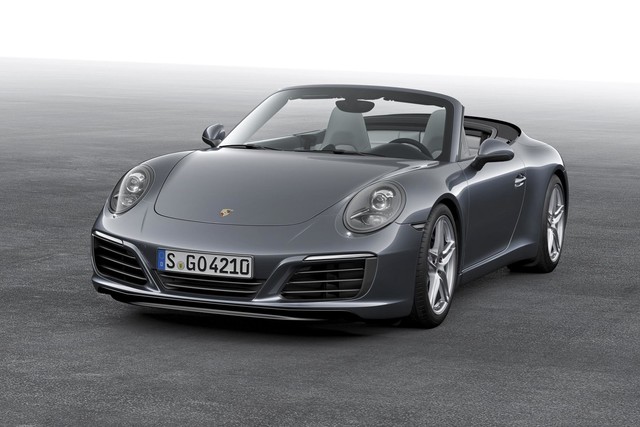
It’s unlikely to keep Carrera fans, who claim that turbocharging will be the death of the 911, happy. But then the swap to water-cooled engines was also the death of the 911, as was the introduction of four-wheel drive and electric power steering.
For a car with such incredible longevity and an enduring appeal, the Porsche 911 has apparently met its demise an awful lot of times. Just like Mark Twain, it seems as though reports of its death have always been greatly exaggerated.


